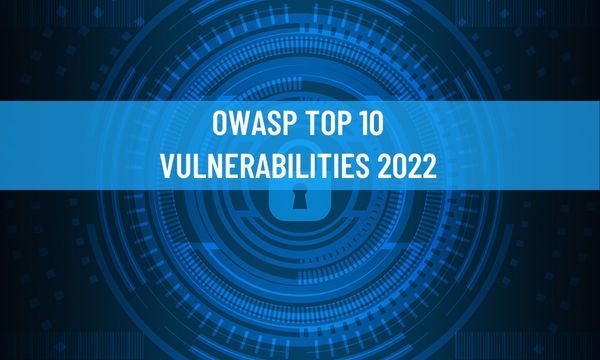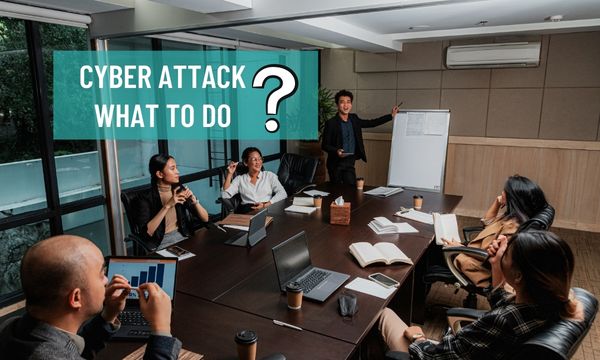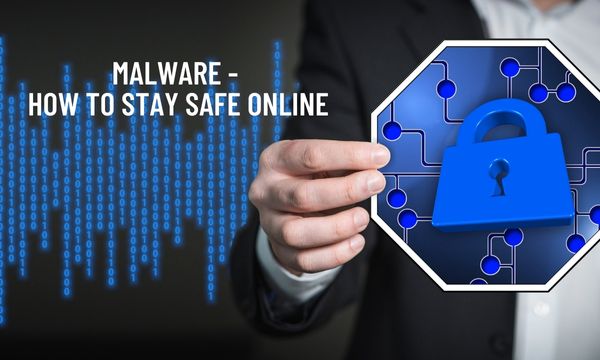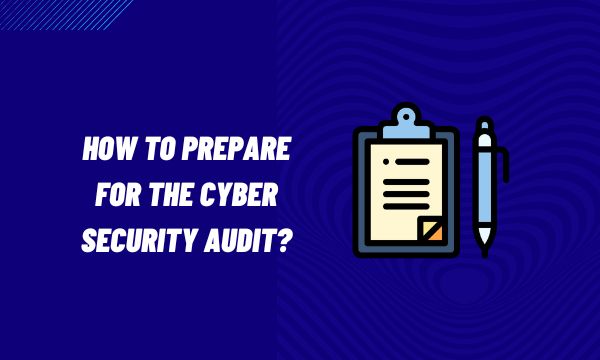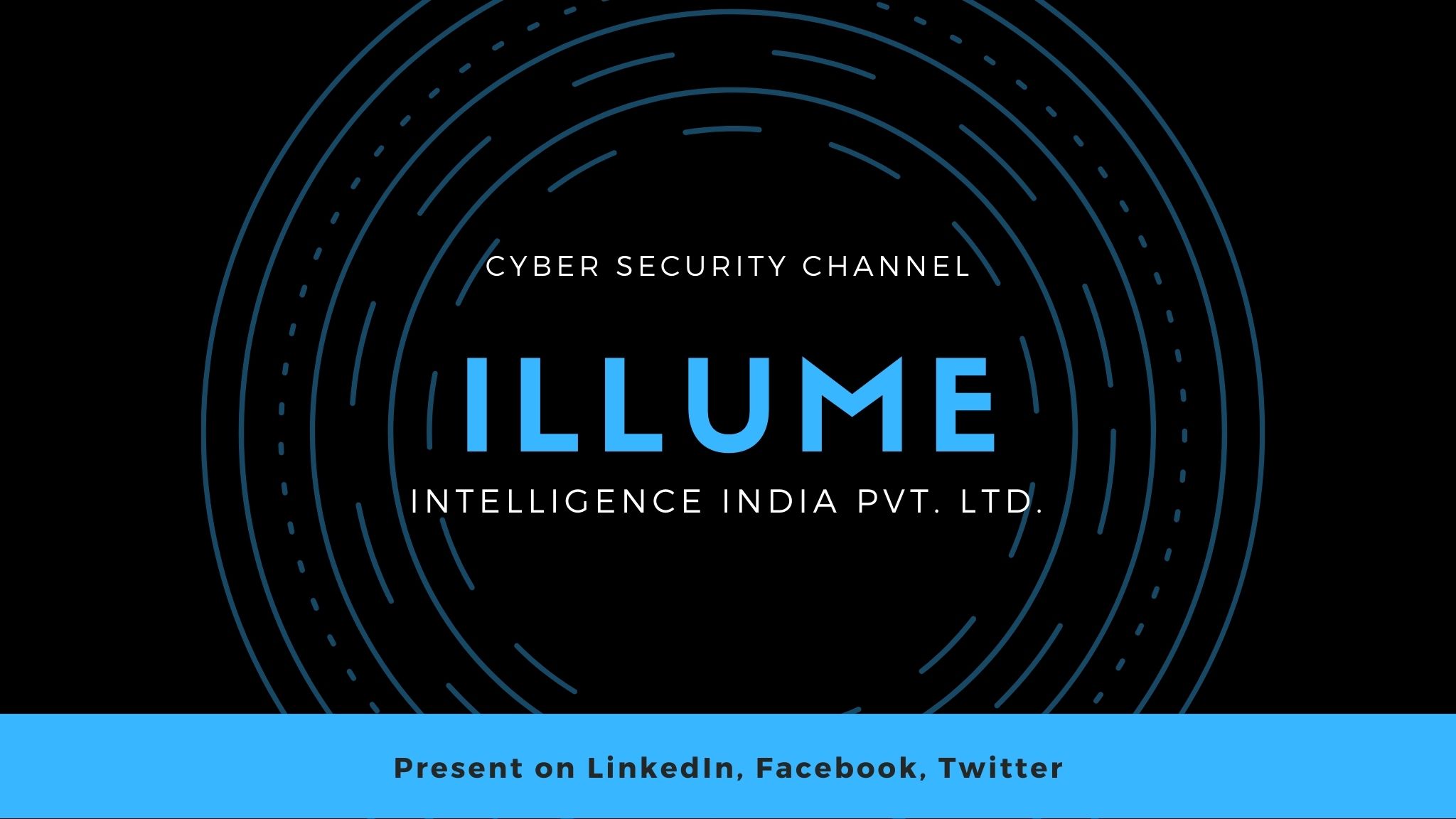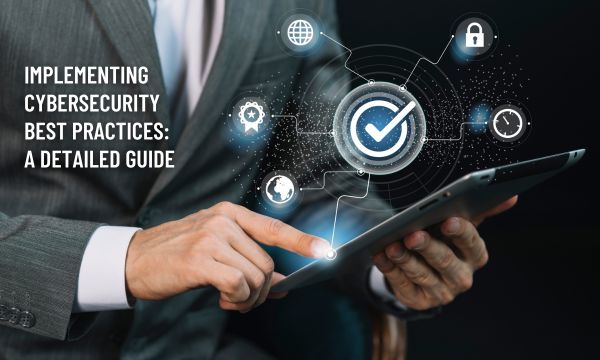
In today’s interconnected world, the threat of cyber attacks looms larger than ever. With the exponential growth of digital connectivity, individuals and organizations alike are vulnerable to a myriad of evolving threats that can compromise sensitive information, disrupt operations, and inflict significant financial and reputational damage. However, amidst this landscape of uncertainty, there exists a pathway to fortify our defenses and safeguard our digital well-being.
By embracing proactive cybersecurity practices, we can empower ourselves and our organizations to navigate the complexities of the digital realm with confidence and resilience. From implementing robust authentication measures to staying informed about emerging threats, every proactive step we take strengthens our collective ability to thwart cyber threats effectively.
Let's delve into a comprehensive guide on how to implement cybersecurity best practices, arming ourselves with the knowledge and tools necessary to mitigate risks and protect our digital assets from harm.
-
Building a Strong Foundation:
A. Strong Passwords & Multi-Factor Authentication (MFA): Begin by strengthening authentication mechanisms. Use complex, unique passwords and consider employing a password manager for better management. Enable Multi-Factor Authentication (MFA) wherever possible to add an extra layer of security.
B. Software Updates & Patching: Keep your systems updated with the latest security patches. Regularly update operating systems, software applications, and web browsers to mitigate vulnerabilities that cyber attackers may exploit.
C. Antivirus & Anti-Malware Protection: Invest in reputable antivirus and anti-malware software solutions. Schedule regular scans to detect and eliminate threats before they compromise your systems.
D. Firewalls & Network Security: Deploy firewalls to monitor and control incoming and outgoing traffic. Implement robust network security solutions, especially for businesses, to safeguard against cyber threats.
-
Navigating Online with Caution:
A. Phishing & Social Engineering Awareness: Educate yourself and your team about phishing tactics and social engineering schemes. Exercise caution with unsolicited emails, links, and attachments, and verify their legitimacy before taking action.
B. Suspicious Link Avoidance: Avoid clicking on links or opening attachments from unknown sources or suspicious websites. Hover over links to verify their destinations before clicking.
C. Public Wi-Fi Precaution: Exercise caution when using public Wi-Fi networks, as they often lack encryption. Refrain from conducting sensitive activities such as online banking and consider using a Virtual Private Network (VPN) for added security.
D. Safe Download Practices: Download software only from trusted sources. Avoid pirated or cracked software, as they may contain malware or other malicious components.
-
Data Privacy & Backup:
A. Data Segmentation & Access Control: Implement strict access controls and data segmentation practices to limit exposure to sensitive information. Encrypt sensitive data to protect it, even if a breach occurs.
B. Regular Backups: Regularly back up critical data to secure locations. This ensures that data can be restored in case of data loss due to cyber incidents.
C. Privacy Settings & Social Media Awareness: Review and adjust privacy settings on websites and social media platforms to control the visibility of your personal information. Exercise caution when sharing information online.
-
Continuous Learning & Adaptation:
A. Staying Informed: Stay abreast of the latest cybersecurity threats and trends by subscribing to credible security resources and participating in educational events such as webinars and workshops.
B. Sharing Responsibility: Foster a culture of cybersecurity awareness within your organization. Conduct regular training sessions and communicate the importance of cybersecurity practices to all employees.
By implementing these best practices, individuals and organizations can bolster their cyber defense capabilities and navigate the digital landscape with greater confidence. Remember, cybersecurity is a shared responsibility that requires vigilance, education, and proactive measures to mitigate risks effectively.
Go BackSearch Here
